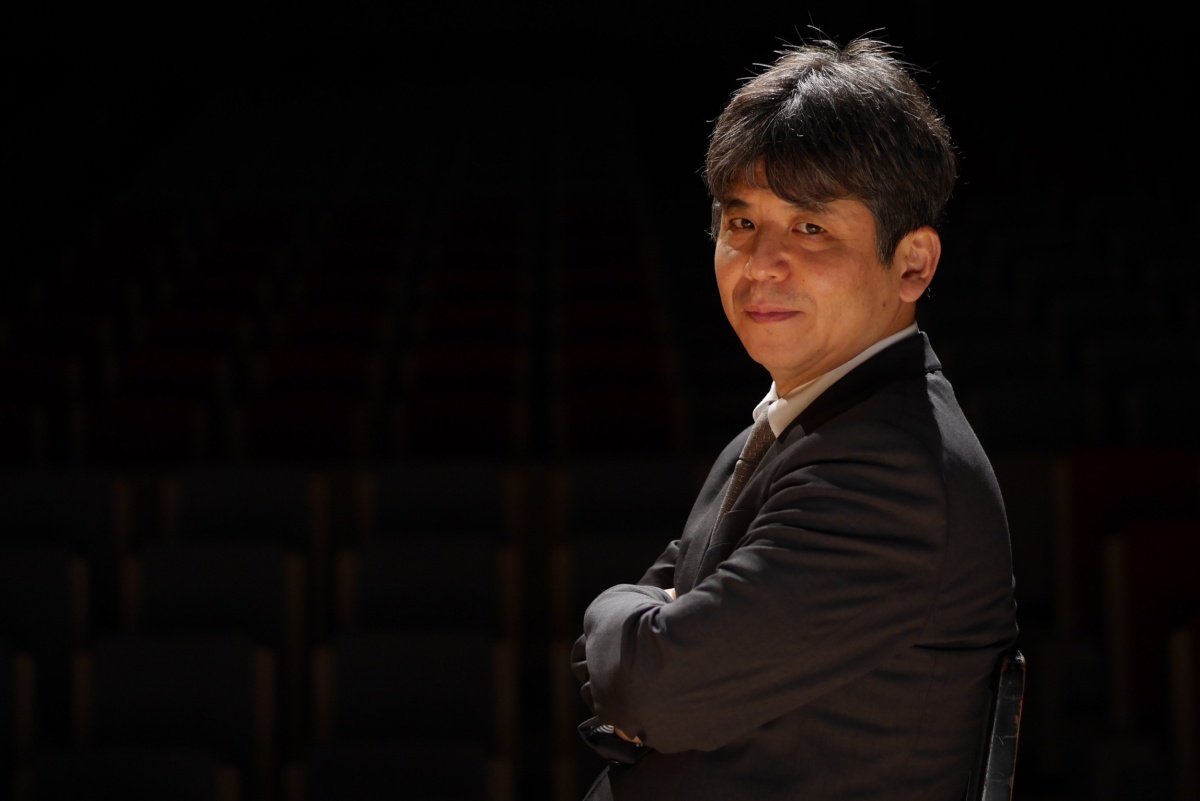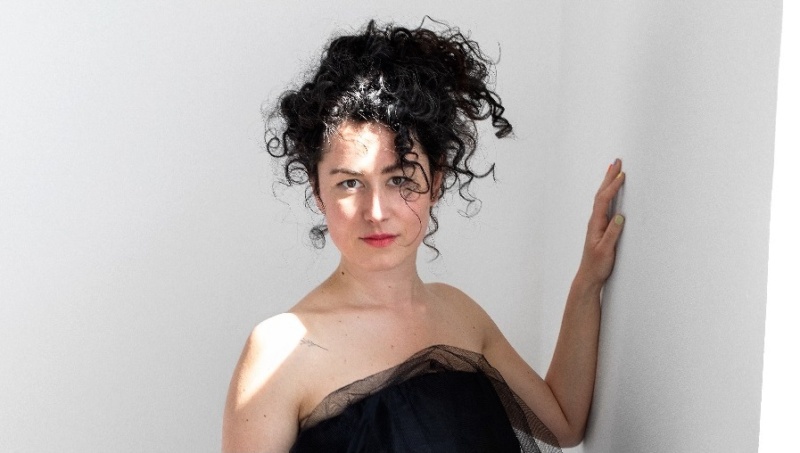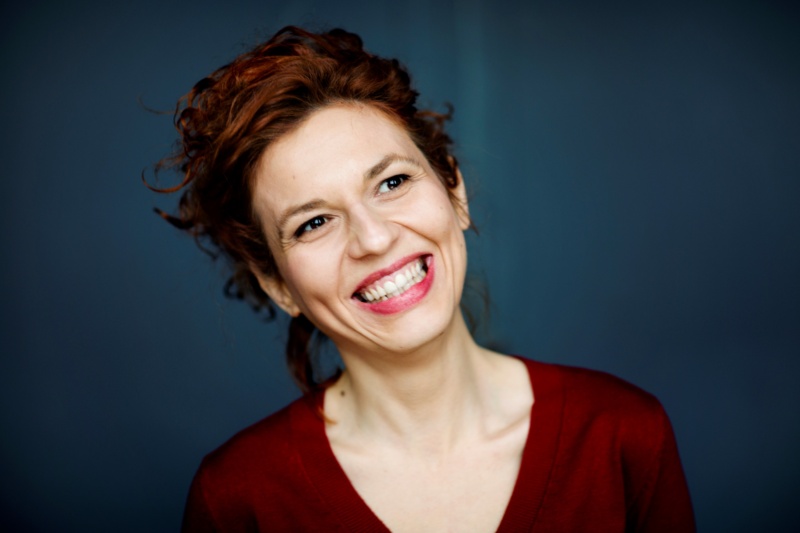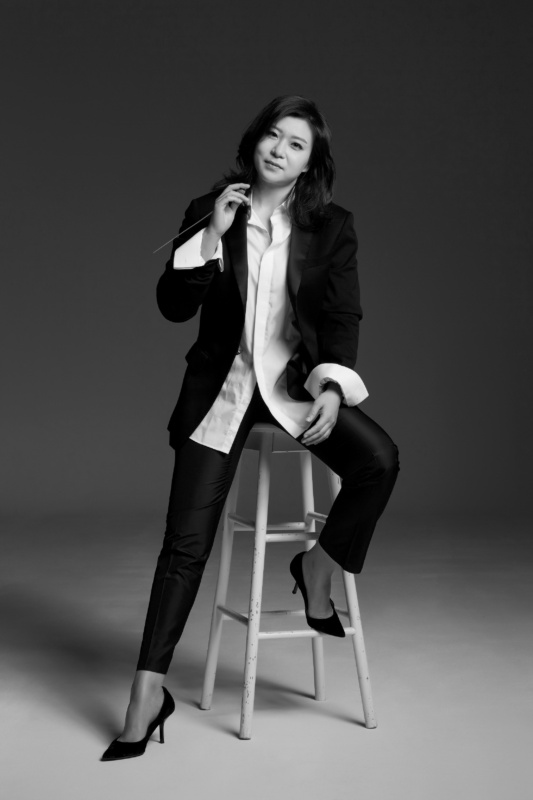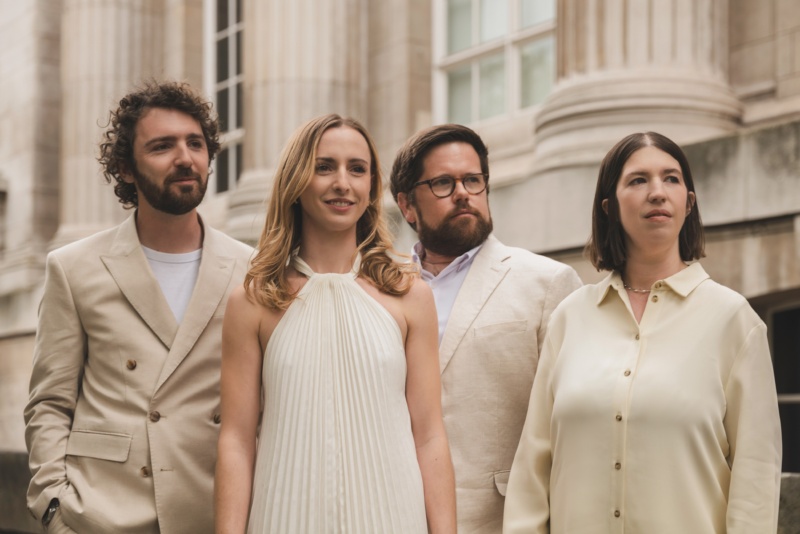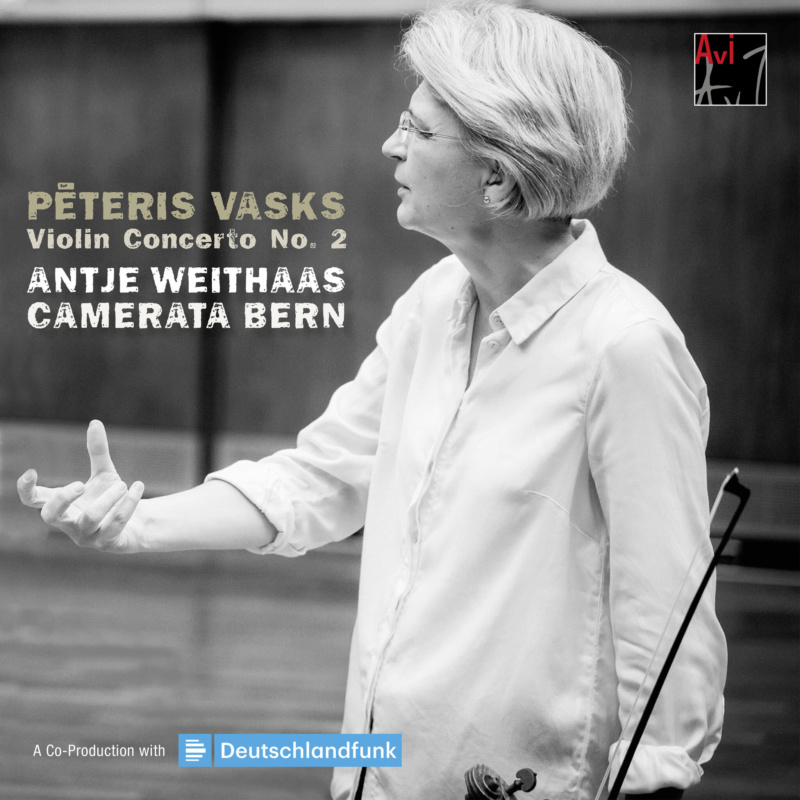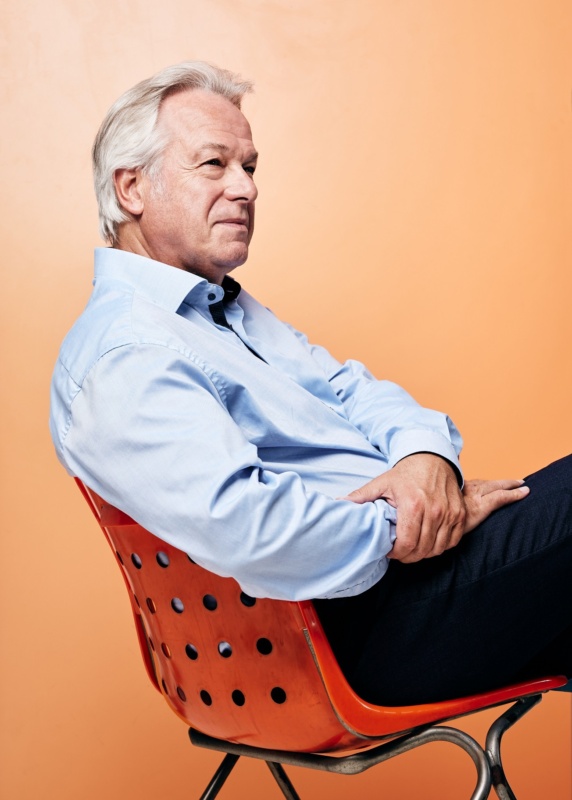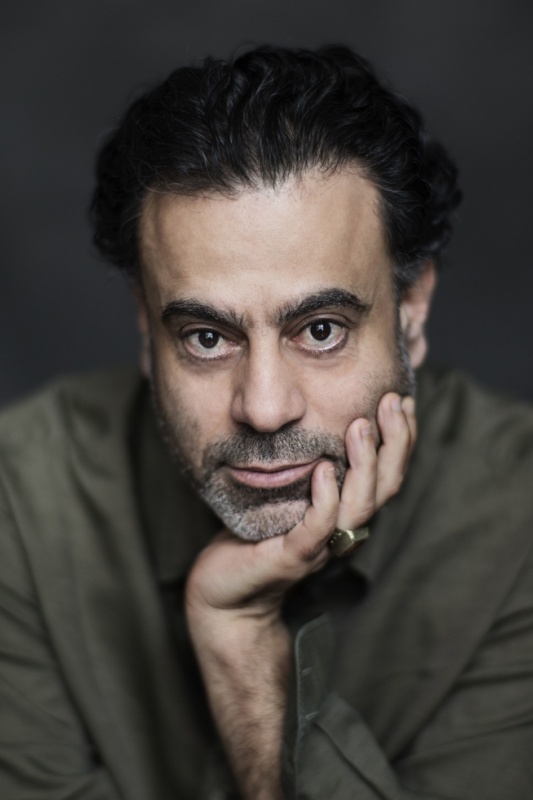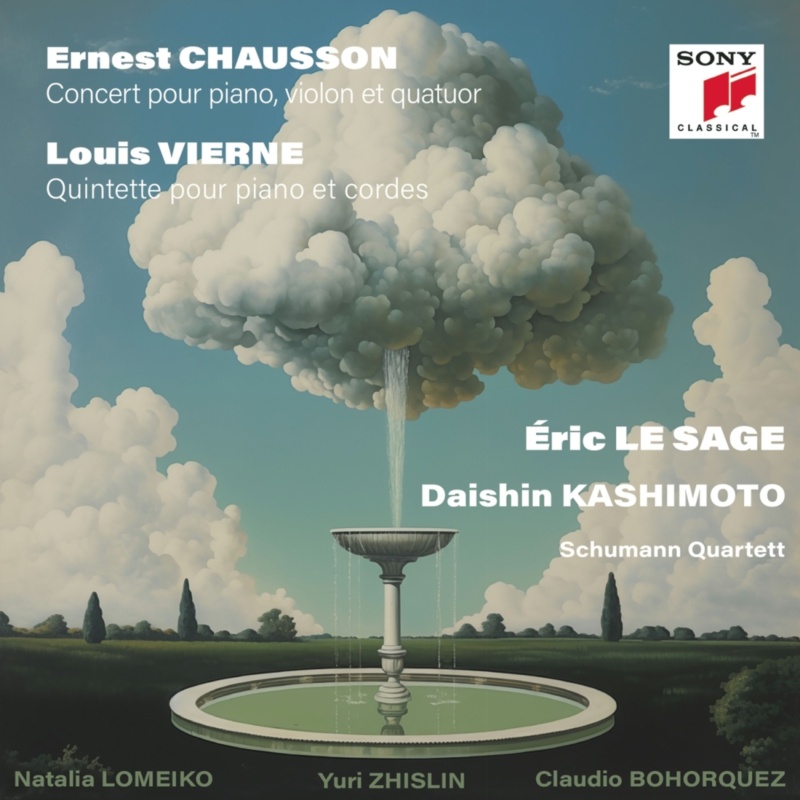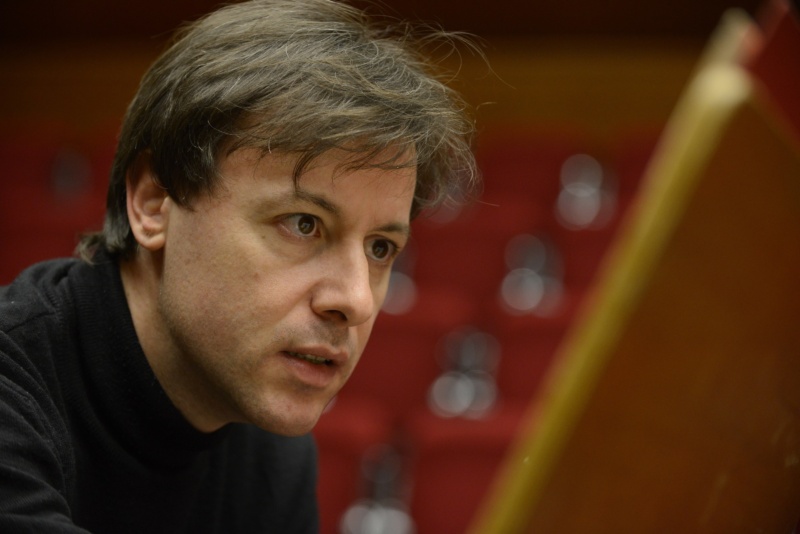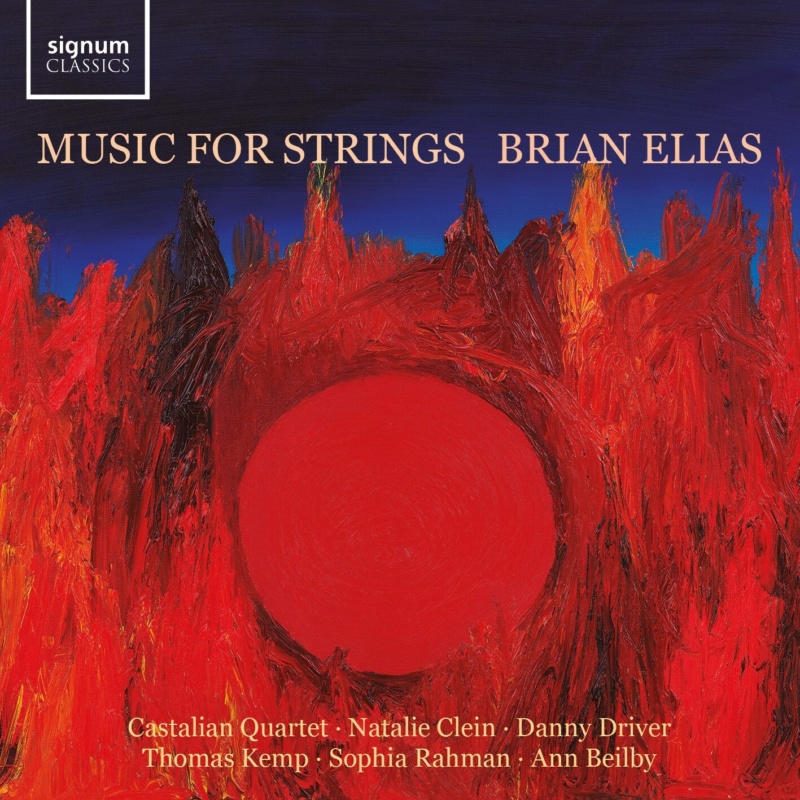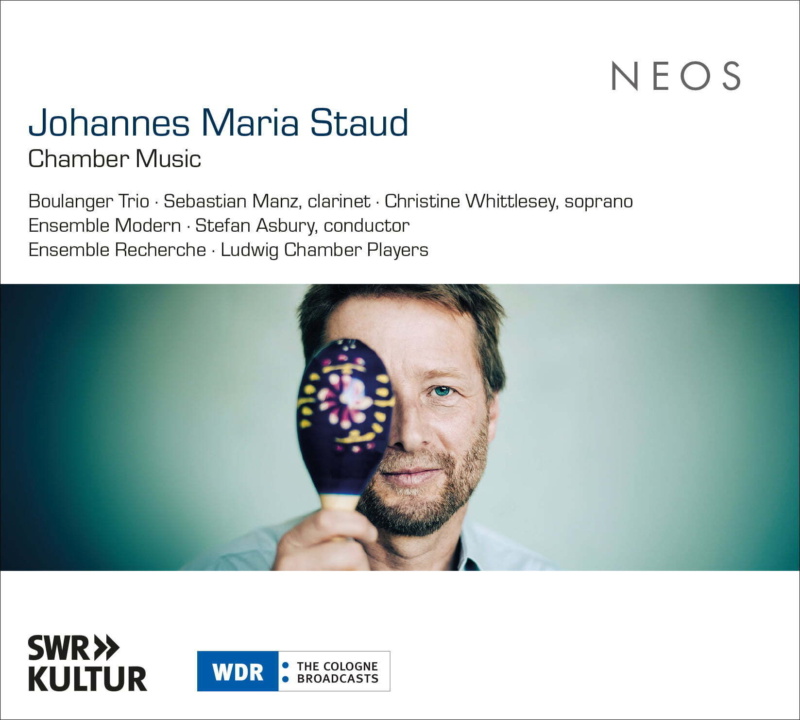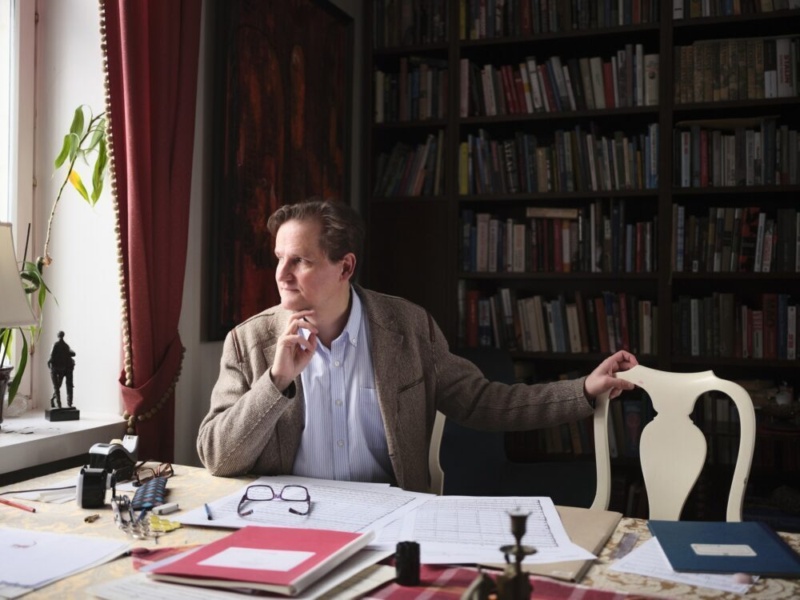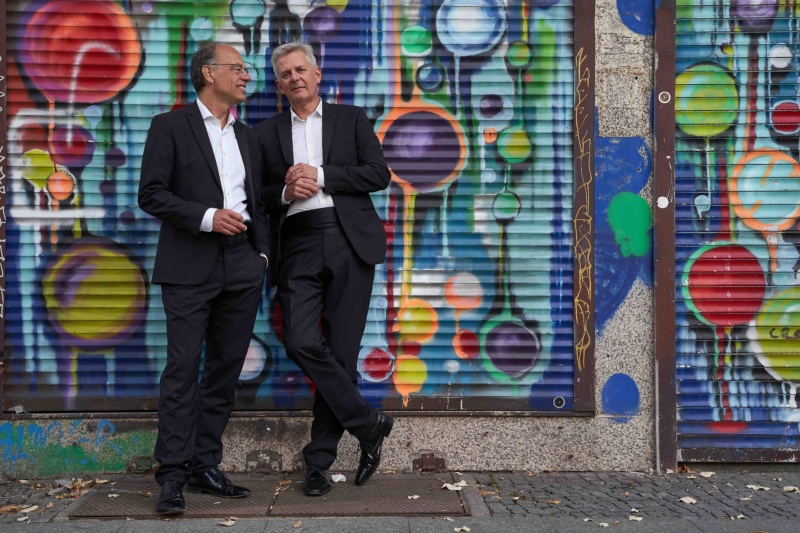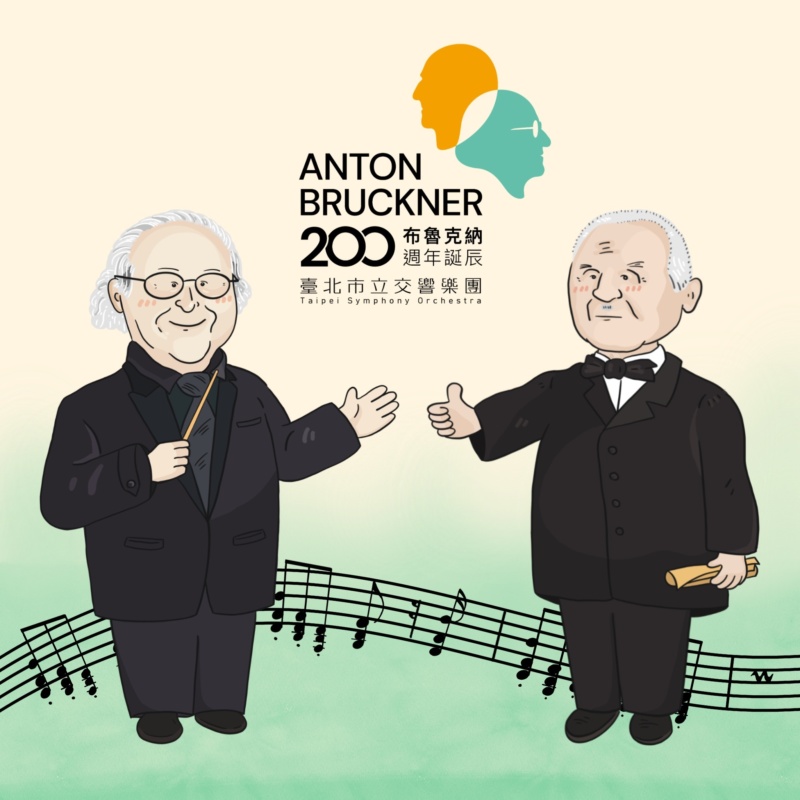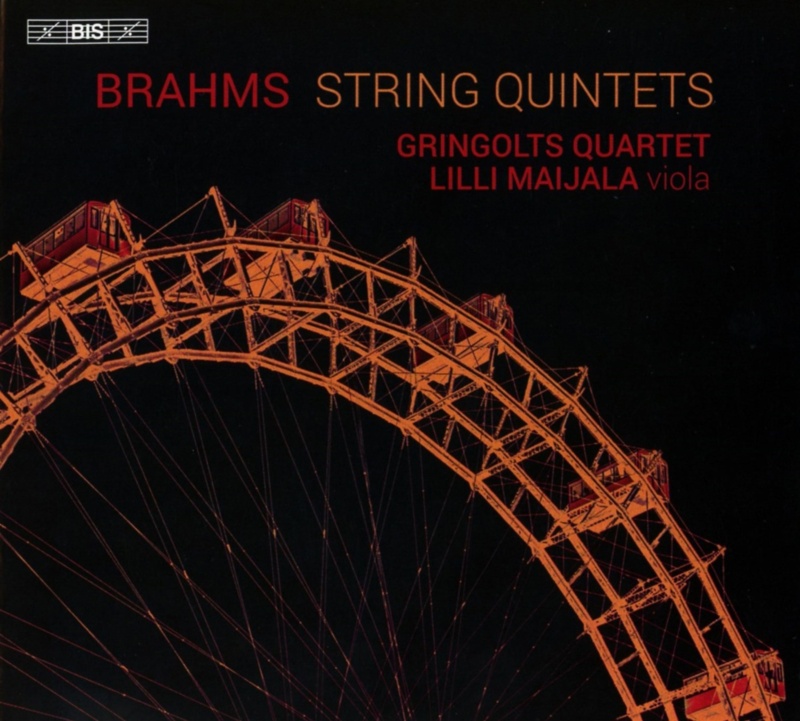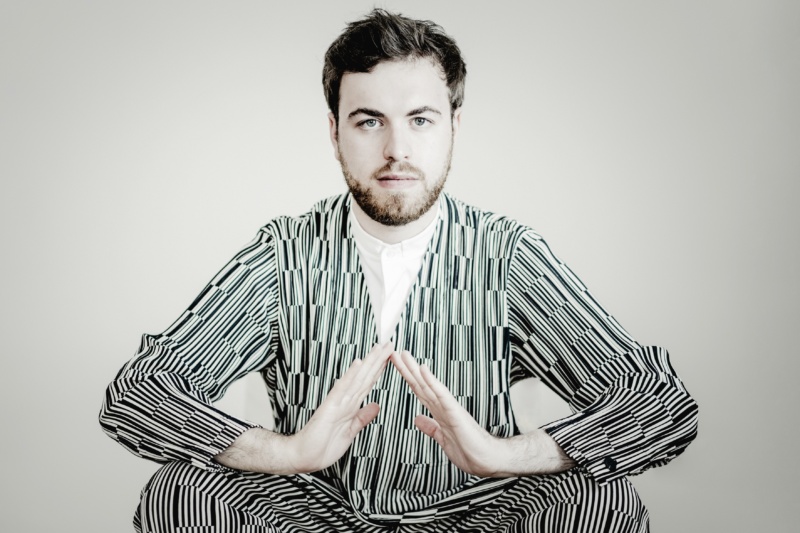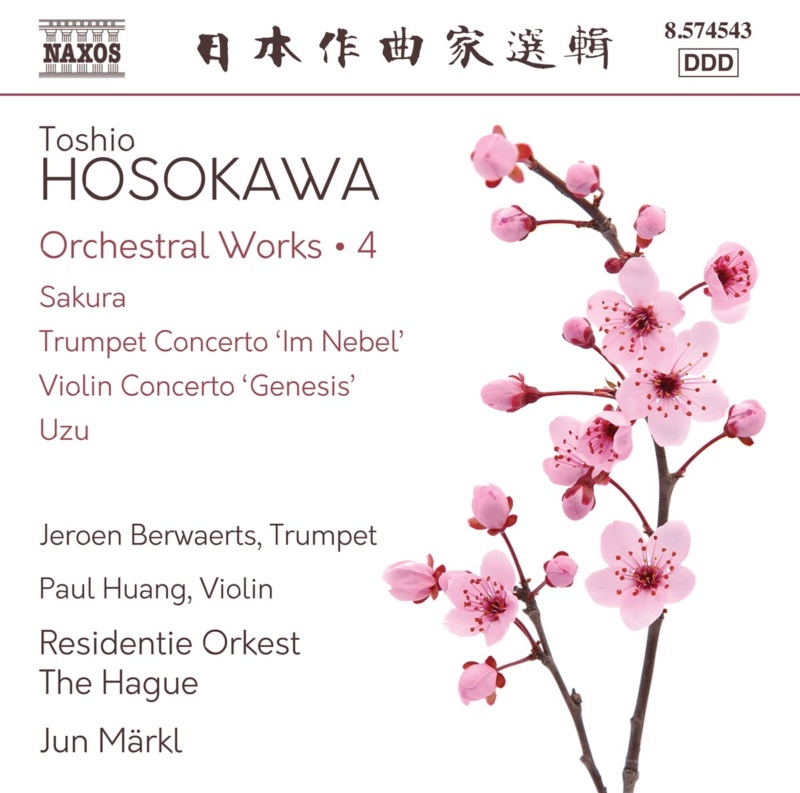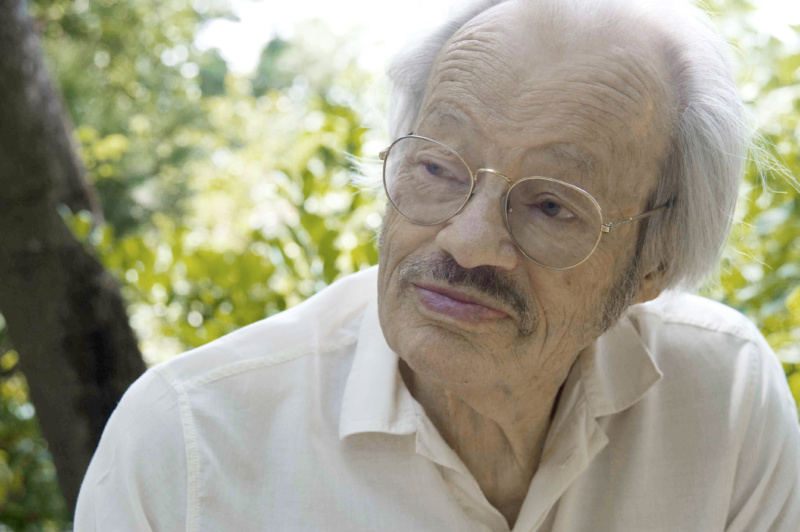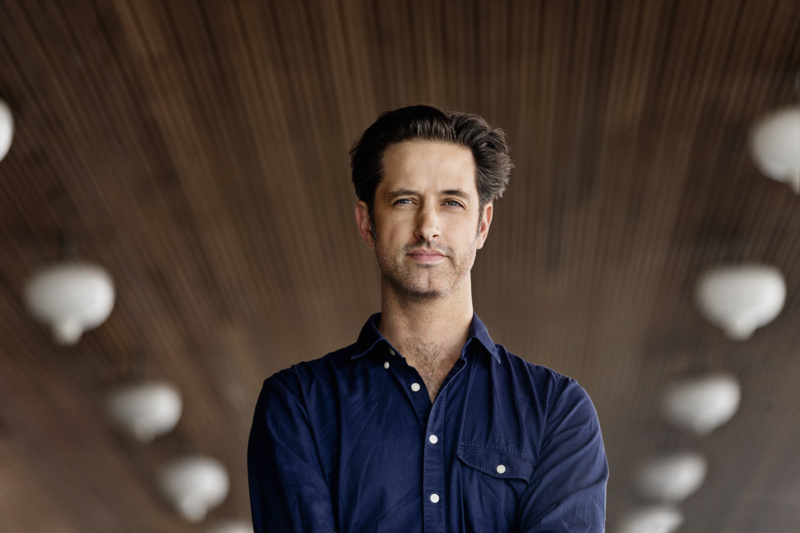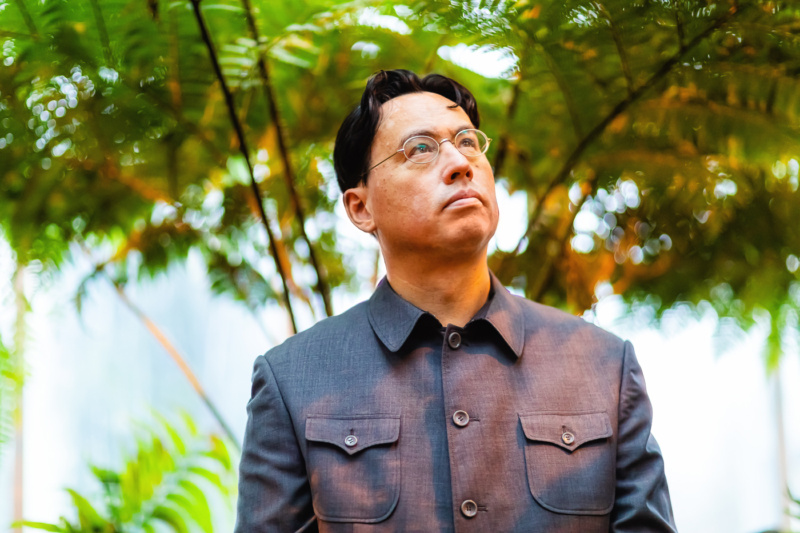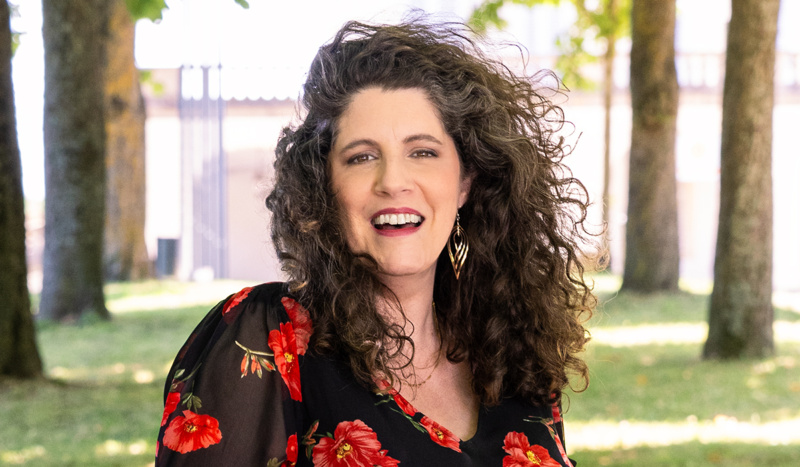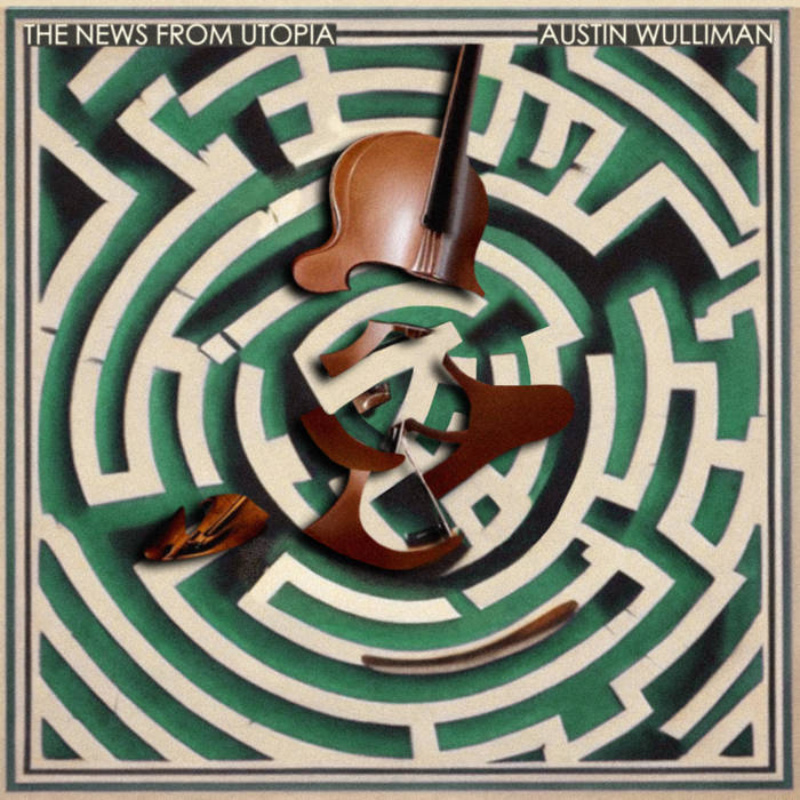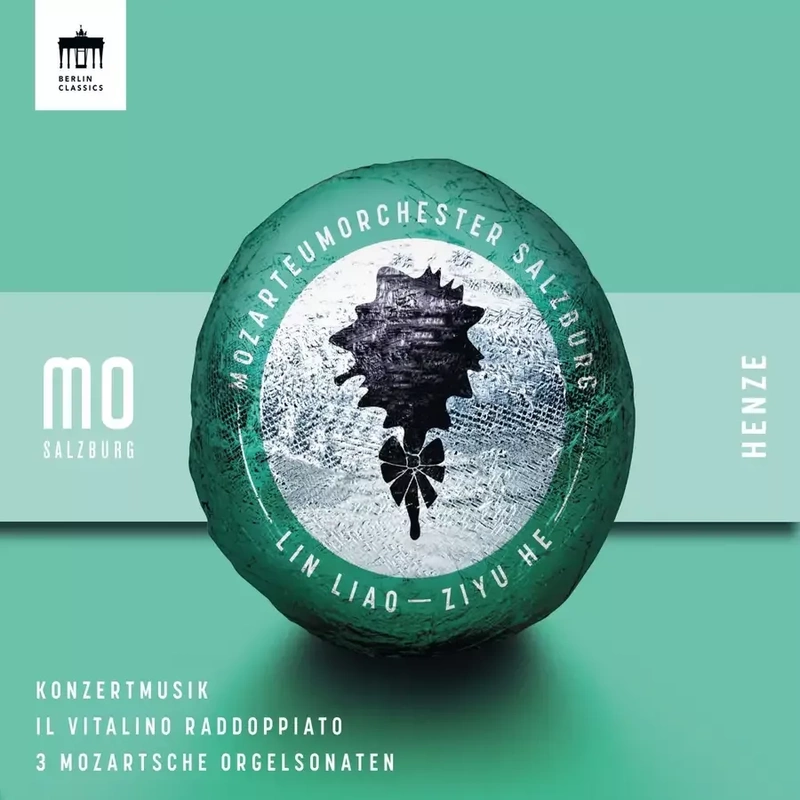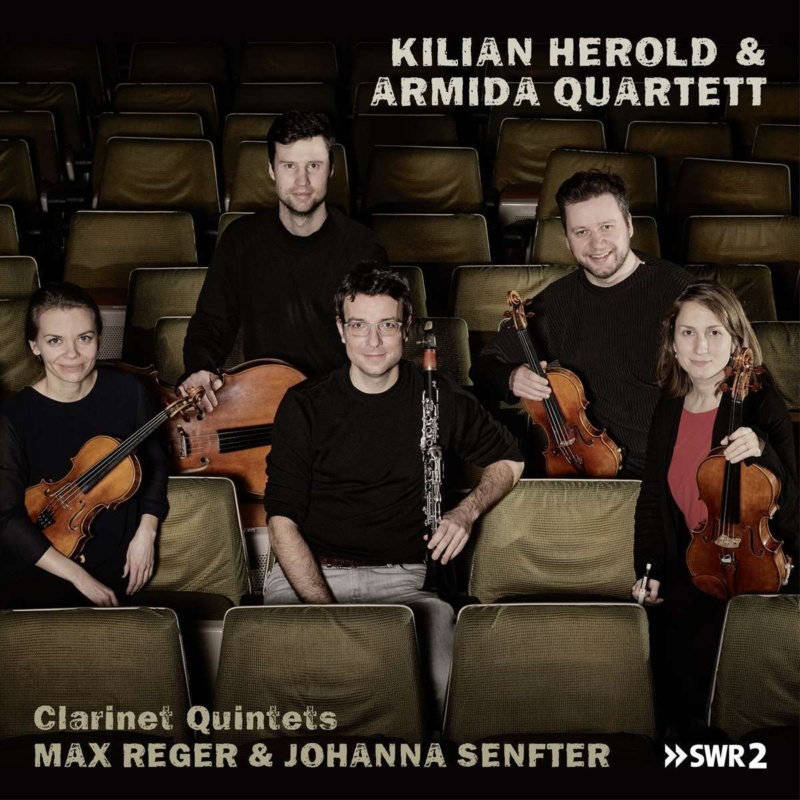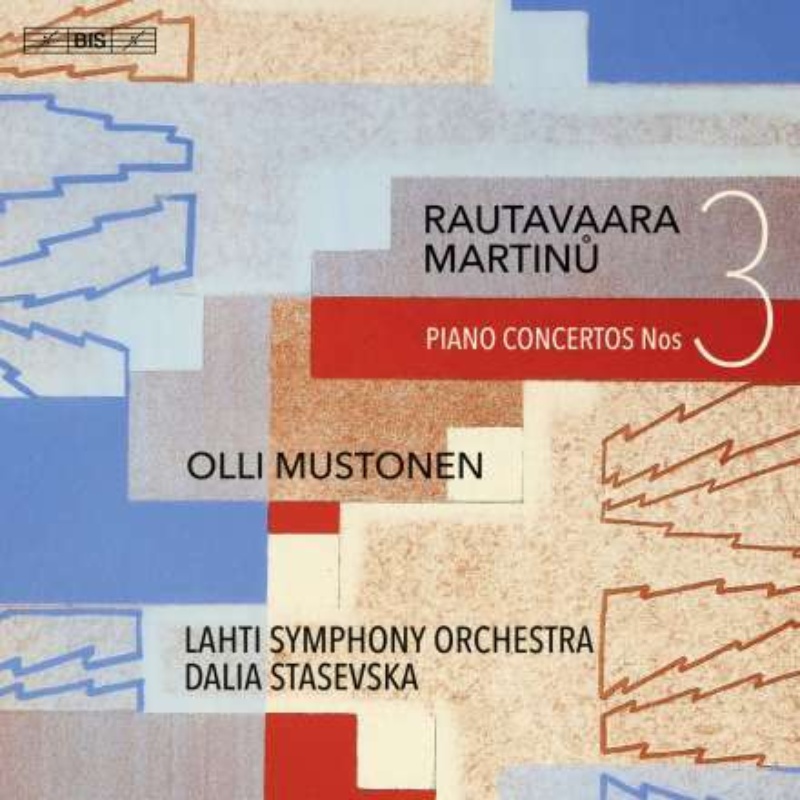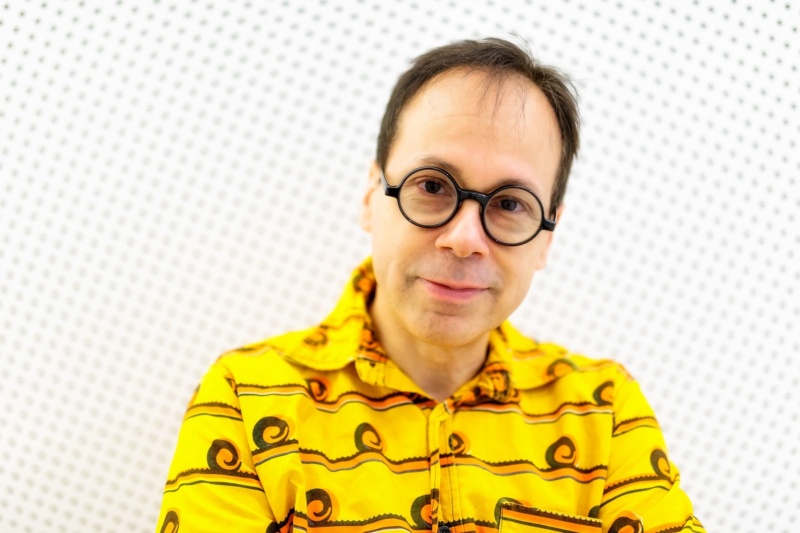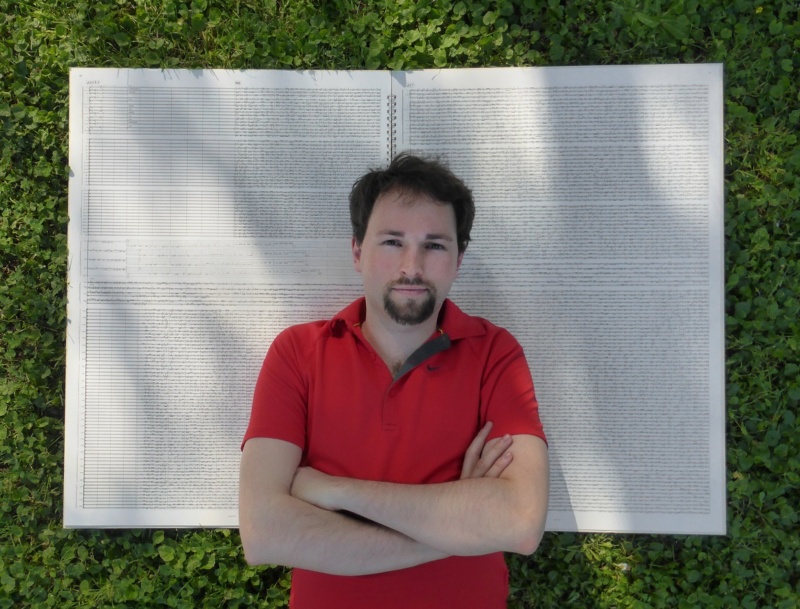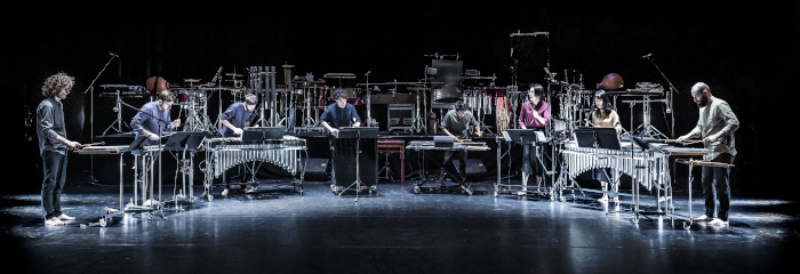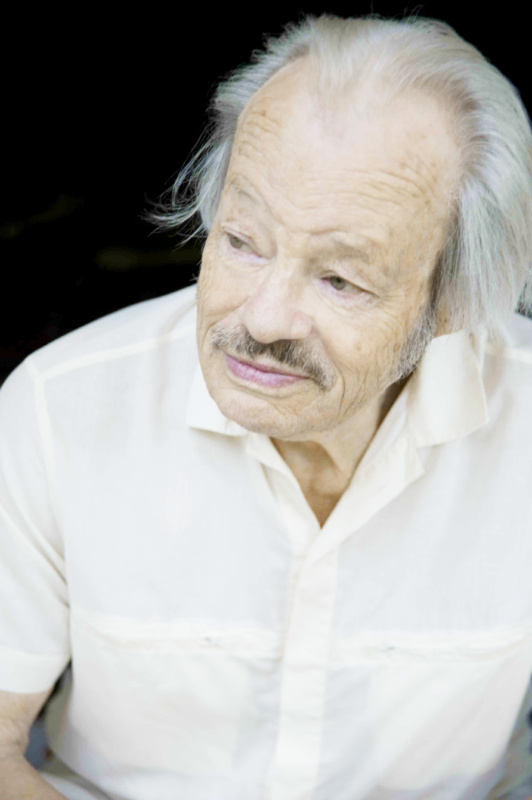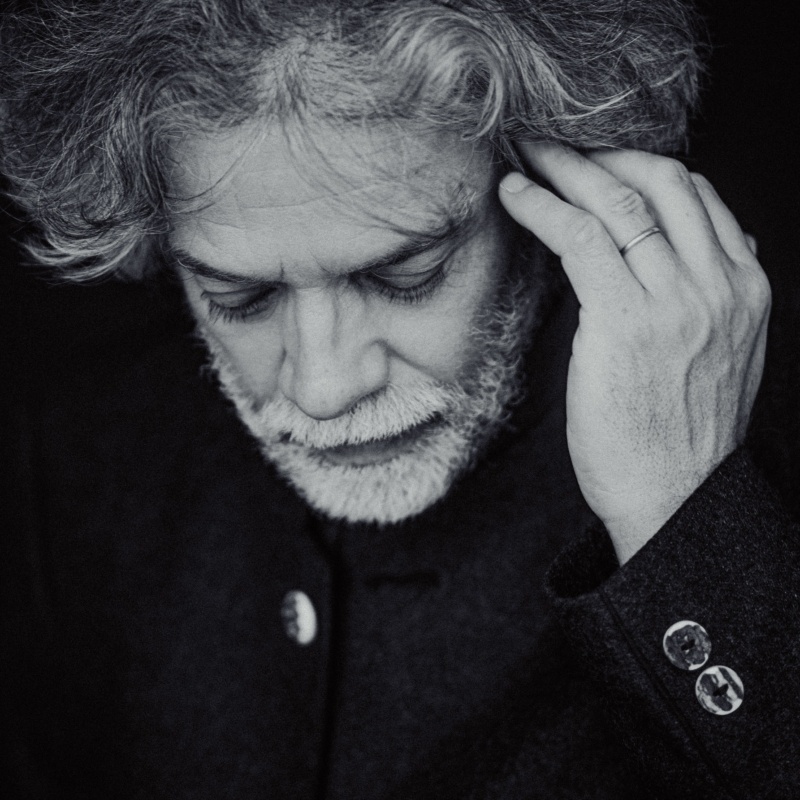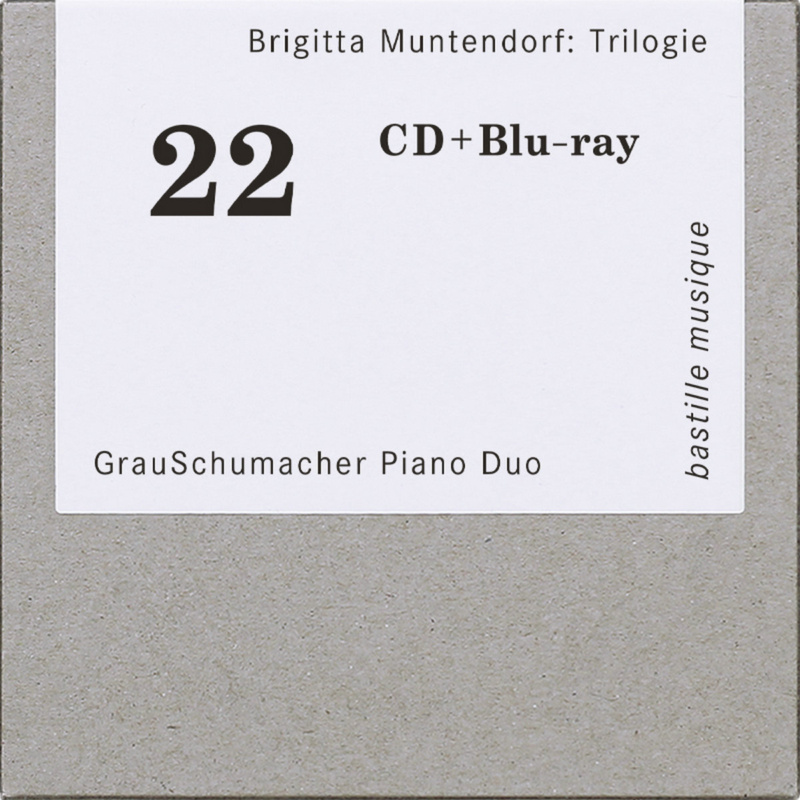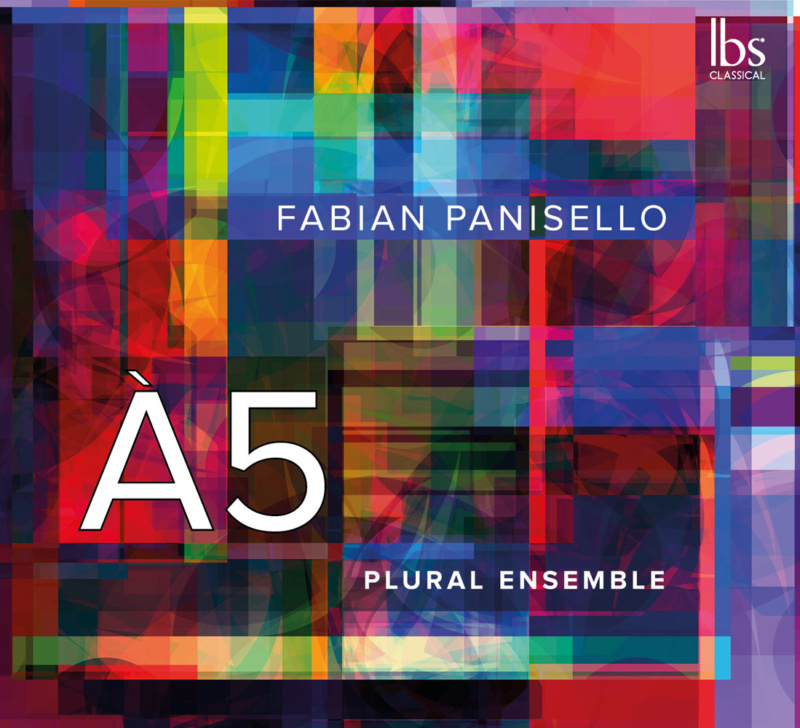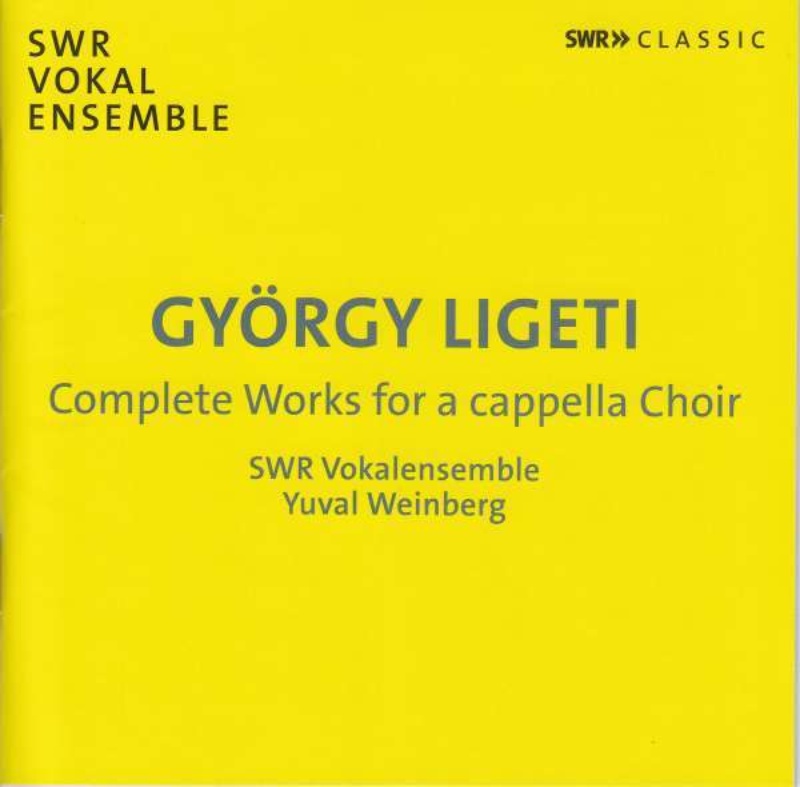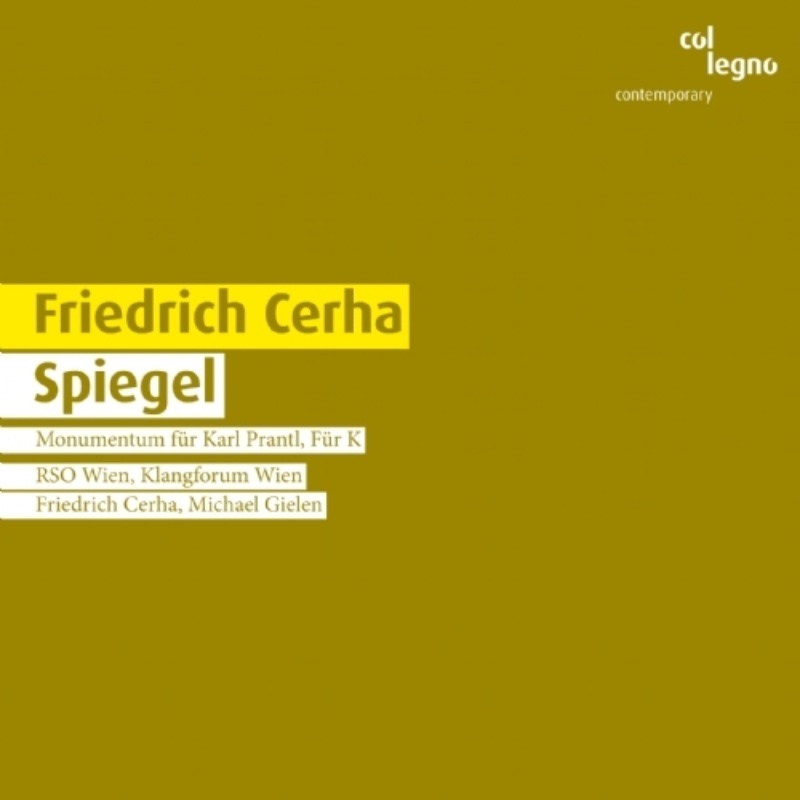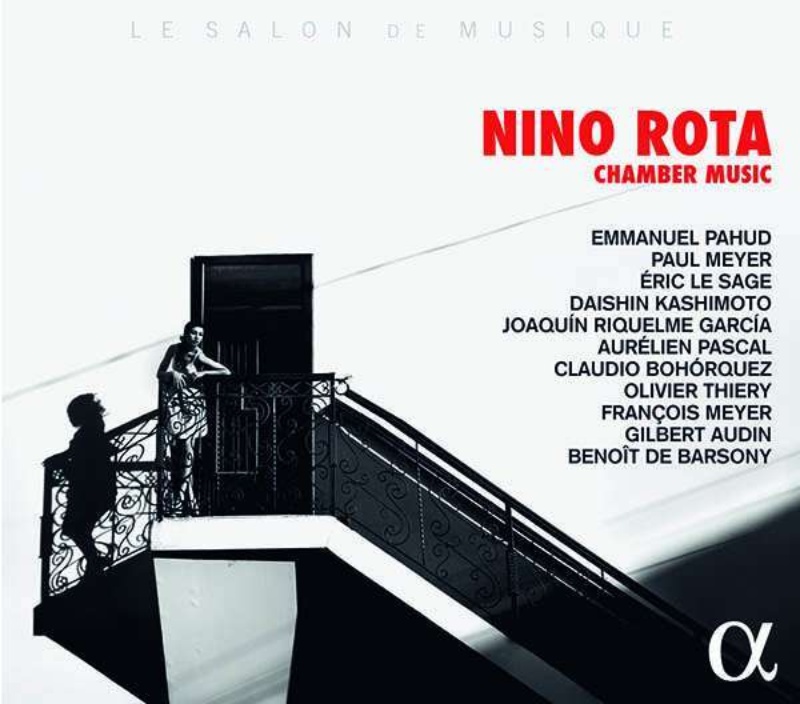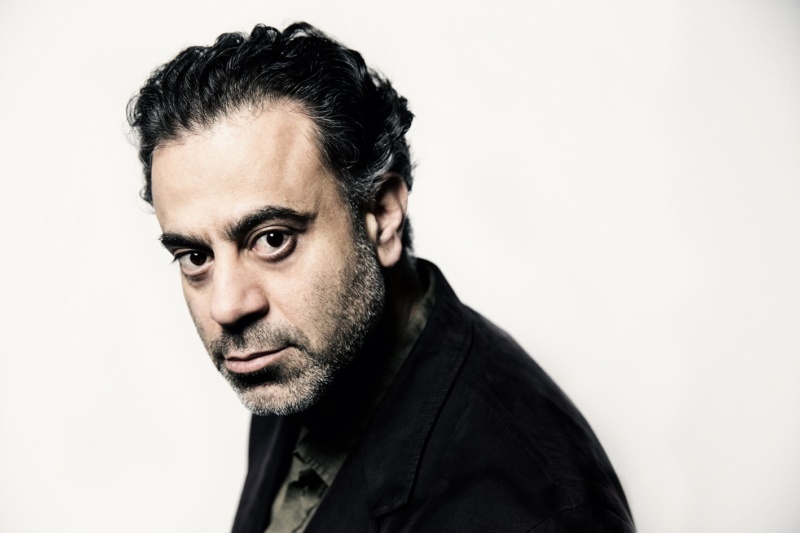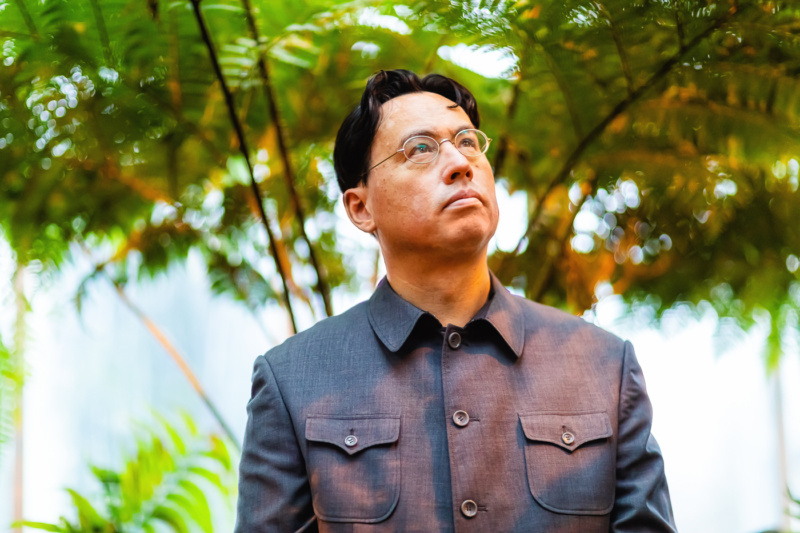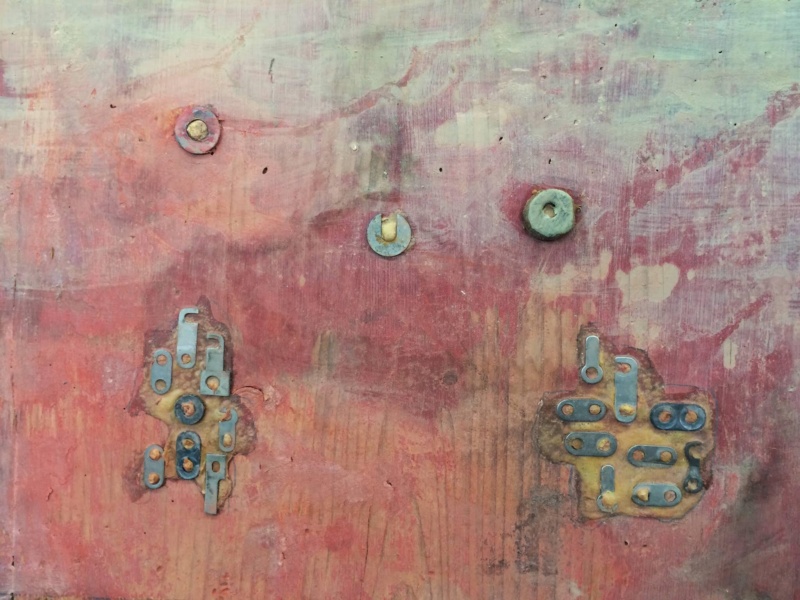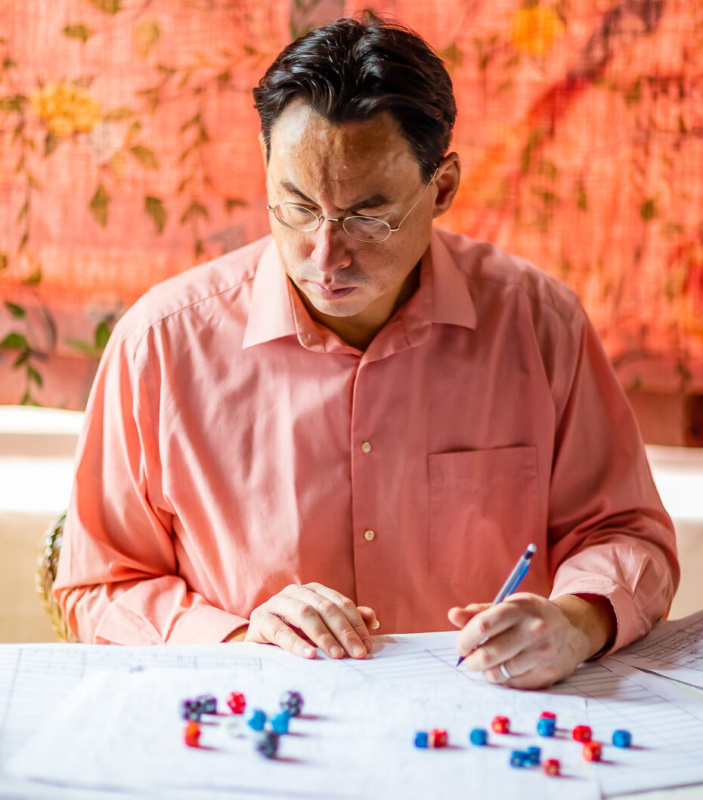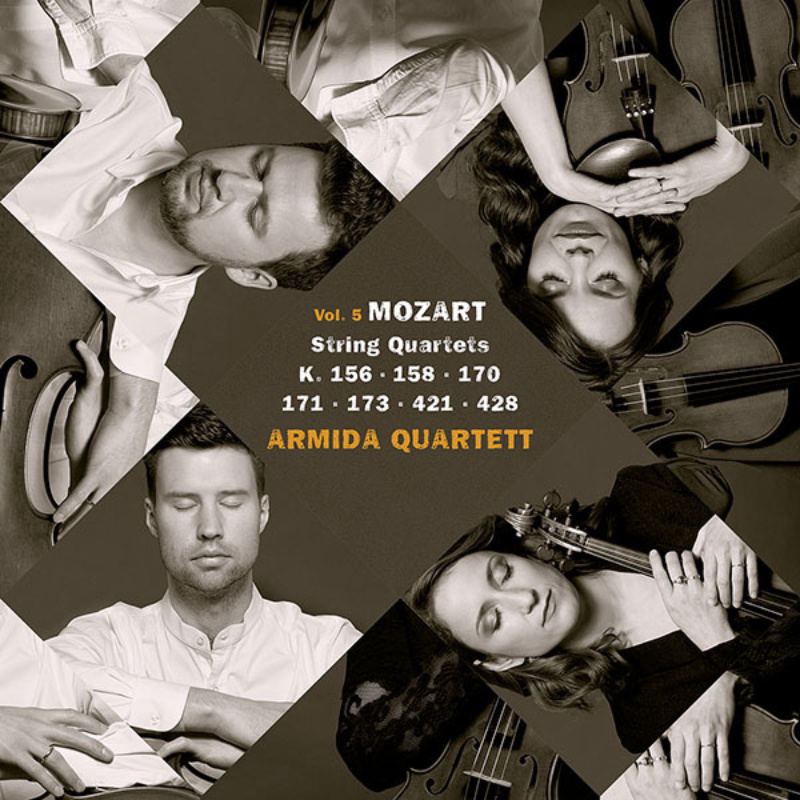It is always a sensation for the dance world when the Cloud Gate Dance Theatre of Taiwan brings one of their productions to Germany. The great dance critic Jochen Schmidt described the company’s performance of the trilogy Cursive in the Berliner Haus der Kulturen der Welt in 2006 as, "Currently the most relevant dance piece in the world," and Pina Bausch warmly welcomed the ensemble in 2008 to her NRW International Dance Festival with great enthusiasm. The productions that have been performed in Germany over the last two decades are without exception electrifying and have received high praise from audiences and critics alike.
It is also a special occasion each time the choreographer, Lin Hwai-min, takes his dancers to the Taiwanese provinces to perform in villages, taking his art to the most remote corners of the country. One can hardly believe that one of the most famous people in Taiwan is a choreographer. However, the islanders’ love for "their" dance company cannot be disputed: up to 60,000 people attend the large open-air performances in Taipei; a street, a national holiday and even an asteroid have been named after the Cloud Gate Dance Theatre.
Lin Hwai-min’s unique dance vocabulary has arisen from his inimitable mix of modern western dance, which he studied in New York under Merce Cunningham and Martha Graham, with Asian themes and movement culture. Alongside ballet and modern dance, his dancers also practise meditation, qigong, calligraphy and far eastern martial arts in order to gain permeability of the body and variety of expression to their dancing. In order to understand how deeply this synthesis goes, it is worth having a look at the varied history of the company, which Lin founded following studies in the United States in 1973. The young man, who at that time still had absolutely no experience in choreography and little dancing experience, used his prominence as a writer (Lin became an overnight success in Taiwan at the age of 22 with his novel Cicada, which is still a bestseller), to bring the first modern dance company of the Chinese-speaking world into being. The success of the company meant that artistic gambles also became possible. The production Legacy, for example, which tells the story of the pioneering settlers of Taiwan, was a risk when it was performed under Chaing Kai-shek’s government – this was not popular in a state, which saw itself as the better China. However, on the day of the premiere, the political situation changed. Jimmy Carter broke diplomatic relations with Taiwan, the country lost its protecting power and suddenly the first play about the history of Taiwan was inadvertently performed as a founding piece of art supporting the state and a new national identity.
Perhaps this was only a brief incident as Lin Hwai-min does not see himself primarily as a political artist. He does, however, recognise the explosive power of aesthetics: "Beauty is a weapon; as I understand it, it is based above all on an incredible degree of freedom." The social involvement of his company also stands for its determination to touch and strengthen people. In this way, the many Cloud Gate schools across Taiwan are in no way "drill" academies, preoccupied with producing uniform dancers. Instead, they wish to arouse physical awareness in a playful way, allow dance as a basic ability in life to be experienced by everyone and promote freedom and responsibility. Cloud Gate 2, the youth, educational and outreach wing of the company, is thus not simply an elite training school for the main ensemble to pay homage to their master’s repertoire, as is so often the case in other companies. It offers a place for the ideas of younger choreographers to be showcased, and pursues a wide range of individual social projects.
Just as the Cloud Gate Dance Theatre of Taiwan has given a lot to its Taiwanese audience during its almost 40-year existence, so too did it need the support of its compatriots in 2008 following a devastating fire that destroyed the company’s rehearsal studio. In a catastrophic turn of events, costumes and the whole technical archive were lost. However, provisional arrangements meant that rehearsals for the production Whisper of Flowers could be resumed on the second day after the fire. It was performed half a year later and the company was able to build a new studio thanks to generous donations from Taiwanese companies and private individuals.
It was here, in a building once used by Radio Taiwan International, that the company’s latest production was developed. In China, Water Stains on the Wall is a popular metaphor that represents the highest state in the aesthetics of calligraphy. It stands for the organic and unpretentious qualities that result from processes of natural evolution. In an interview on his internationally renowned trilogy , Lin Hwai-min said in 2006, "Calligraphy and movement are closely linked to one another. Before you start to write, you warm yourself up: you make your body soft and supple. It’s important to watch your rhythm and your breathing. You can be a good writer only if you breathe properly. It’s exactly the same with dance. A good calligrapher is a dancer. He leaves his energy on blank rice paper, while dancers in space."
In Water Stains on the Wall, projections of dragging cloud formations appear in alternating shades like ink that is always developing new forms in a continuous flow. Through Toshio Hosokawa’s music, the dancers’ light skirts take off from the slanted stage into the room, just like the clouds. The Japanese composer has, for his part, a strong connection with calligraphy: "My music is calligraphy, drawn on the open border between time and space. Each individual sound is shaped like a line or a point, drawn by a brush," Hosokawa says, revealing his aesthetic kinship with Lin Hwai-min’s choreography. It is a work of abstract beauty that awaits audiences – and most certainly a one-off dance event.
Nina Rohlfs, 04/2012 | Translation: Celia Wynne Willson
